Swedish Semla is a delicious cardamom bun filled with almond filling consisting of marzipan and topped with whipped cream. Another name for these is The Swedish Fat Tuesday bun or Lenten buns. Make these delicious bakery-style buns easily at home.

Jump to:
Swedes really love their semlor. They eat nearly 6 million lenten buns every year. 132 tons of marzipan and 211 ton of heavy cream is used every year to produce this amount of semlor. (source)
What are semla buns
Semla is a sweet cardamom-flavored bun. The top has been cut off, and there is almond paste in the center. There is a generous amount of whipped heavy cream in the middle. The lid is placed on top of the cream, and some powdered sugar is sprinkled over the bun.
Semla is also called hetvägg, fastlagsbulle, fettisdagsbulle. Fastlag means shrovetide.
History
Did you know that Semlor are also called Kingslayer buns? This is because King Adolf Fredrik died after eating too many Lenten buns in February 1771.
The Shrovetide bun tradition is originally from Germany. In Germany, round, flavored buns were eaten with warm milk, already in the 1600s. These were called "heisse wecke". This delicacy spread to Sweden, and the first Shrovetide buns were called Hetvägg. They were served in a bowl of hot milk as they did in Germany. (source)
Also, the word semla has German origins and reminds of the word Semmel, which is a German white round bread.
How do Swedes celebrate Fat Tuesday?
The day before Lent kicks off marks a time for indulgence, especially when it comes to delicious eats. In Finland, folks savor pea soup, while in Sweden, it's all about local delicacies such as pork-filled potato dumplings (kroppkakor), fish, and savory pancakes.
During Shrovetide, there's a charming tradition of dressing up as a fettisdagsgubbe. Kids, and even adults, deck out in costumes and head to their neighbors in search of tasty treats—a tradition that still thrives in some parts of Sweden, with kids now scoring candy instead. (source)
Down in the southern reaches of Sweden, they take things up a notch by adorning their horses with flowers or tree branches. Superstitions, games, and plays once played a role in Fat Tuesday celebrations, blending old traditions with Christian customs. (source)
While Sweden isn't as religious these days, Shrovetide Tuesday has evolved into a more secular celebration. In most parts of the country, it's simply an excuse to indulge in buns.
Semlor, once reserved for pre-Easter enjoyment, have now become a January treat, kicking off the bun season right after the holiday season wraps up.
Lent buns in other parts of Scandinavia
Lent buns are eaten throughout the whole of Scandinavia, but all countries have their own twist on the buns. In Finland, the buns are eaten with strawberry or raspberry jam. Some like it with marzipan, but the marzipan is not made to a paste as in the Swedish buns. (See the Finnish Shrovetide bun recipe)
In Norway and Denmark, the buns are called fastelavnsbolle. In Norway, they are also enjoyed with raspberry jam. In Denmark, the buns are baked with a different type of dough. The buns are made from flaky pastry dough. Vanilla custard and marzipan remonce is baked inside the buns and topped with icing. So the Danish buns are a totally different type of dessert.
Ingredients

Start with whole milk to a rich taste to your buns dough. Whether you opt for fresh yeast for that authentic touch or dry active yeast for convenience, this essential ingredient will work its magic in leavening the dough. Sweeten the deal with a touch of sugar, while butter adds a luscious, buttery goodness to the mix. Ground cardamom, extracted from green pods, introduces an essential aromatic dimension to the buns, making each bite a flavorful experience. Don't forget the pinch of salt, that is important for the flavor but also for controlling the leavening process. Choose between bread flour or all-purpose flour for the perfect texture.

The filling is made from marzipan, a sweet and almond-based paste that adds a rich and decadent sweetness to the filling. With a touch of milk the fillling achieves the perfect consistency, ensuring a creamy texture. For an extra crunch, some crushed almonds are perfect, an optional but delightful inclusion that enhances the overall mouthfeel. To infuse an aromatic note, a few drops of bitter almond aroma is just the thing.
How to make semla buns
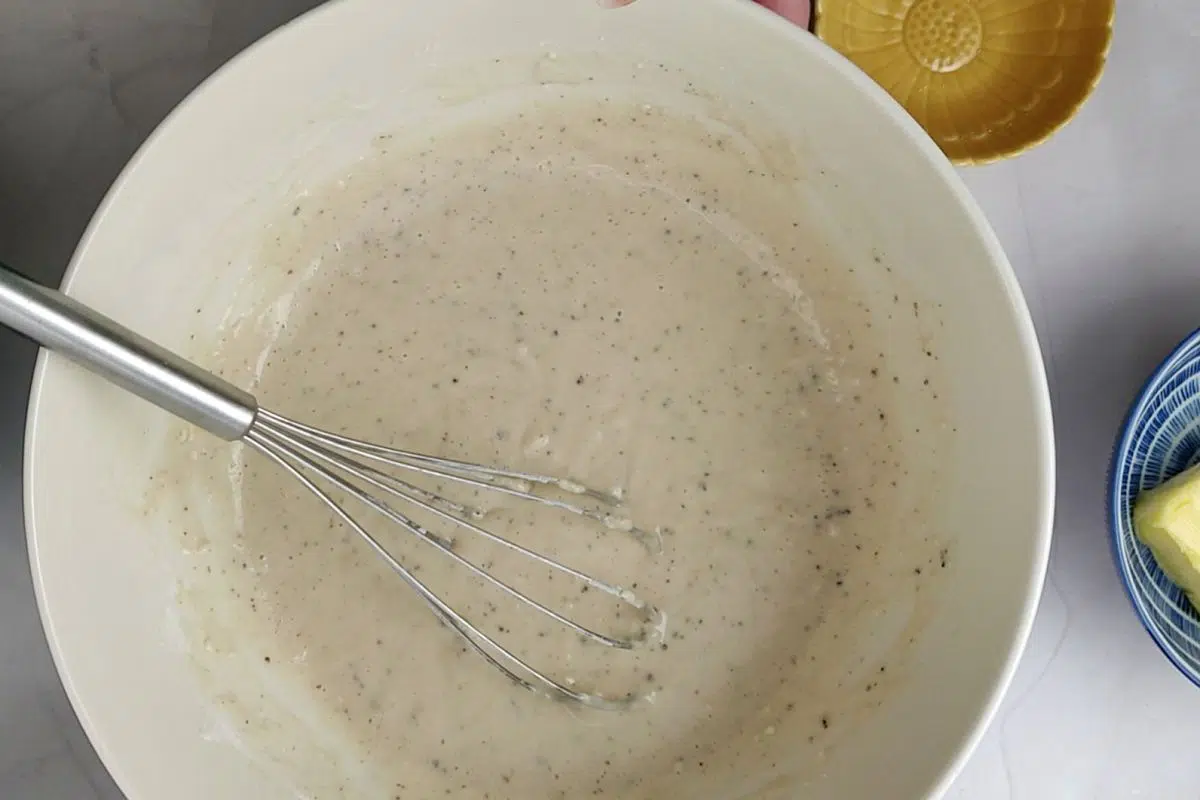
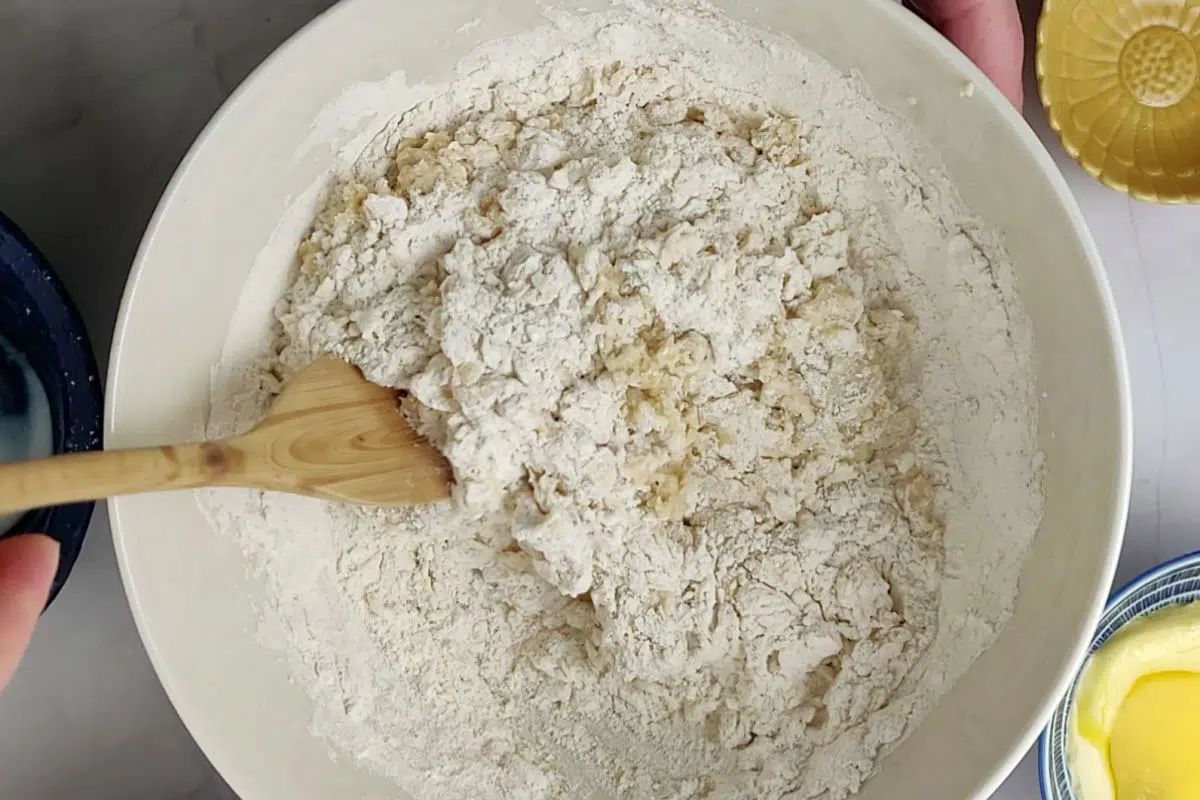
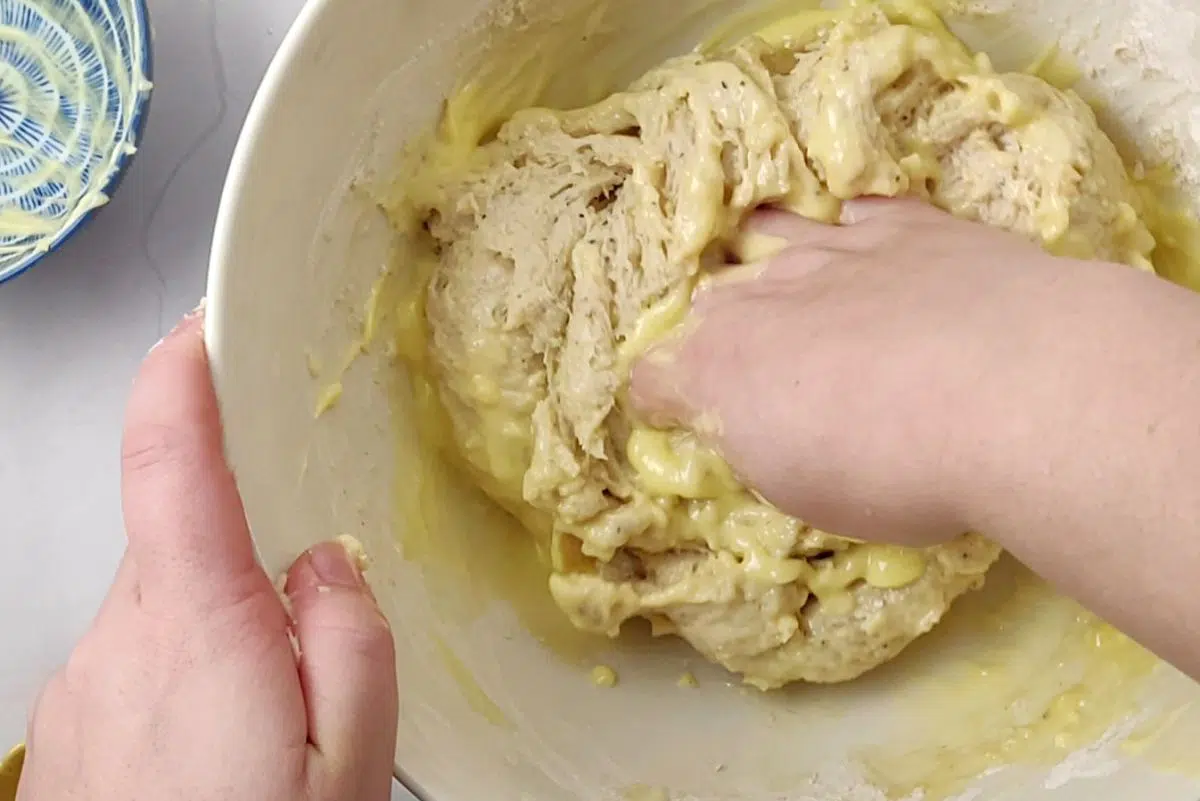
- Microwave your butter for some seconds so it softens up to room temperature.
- Mix your yeast with lukewarm milk. If you use dry yeast you need the milk to be 108F, 42C.
- Dissolve your yeast into the milk. Add the sugar, cardamom, salt, and 1-2 cups of flour. Make a slurry.
- Add in the rest of your flour and start kneading.
- Once you have some elasticity in the dough, you can add your butter.
- Keep on kneading for additional 7-15 minutes. Knead until the dough is firm enough so it does not break when you stretch a small piece between your fingers.
- After kneading, you need to let your dough rest and rise. Cover your bowl with a cloth and let the dough rest in a warm place for 20 minutes.
- Bake the dough into 15 round buns by kneading them against the surface of your palm.
- Let your buns rise to double the size. It is good to keep your buns covered with plastic wrap or cloth so the surface does not dry up.
- Brush the buns with beaten egg.
- Bake at 400 (200C) F for about 14 minutes. The buns should be golden brown on top.
- Let the buns cool down. In the meantime make your filling and whip the cream.
- Filling: Grate the marzipan and make a paste together with milk. You can microwave it for 10-15 seconds. This makes it easier to mix. Add in some drops of almond essence if you want to.
- Slice the lid from the buns. Carve out some of the inside of the bun. Add 1-2 tablespoons of almond filling in the middle and add whipped cream. Decorate with powdered sugar.
Instructions on how to fill your shrovetide buns
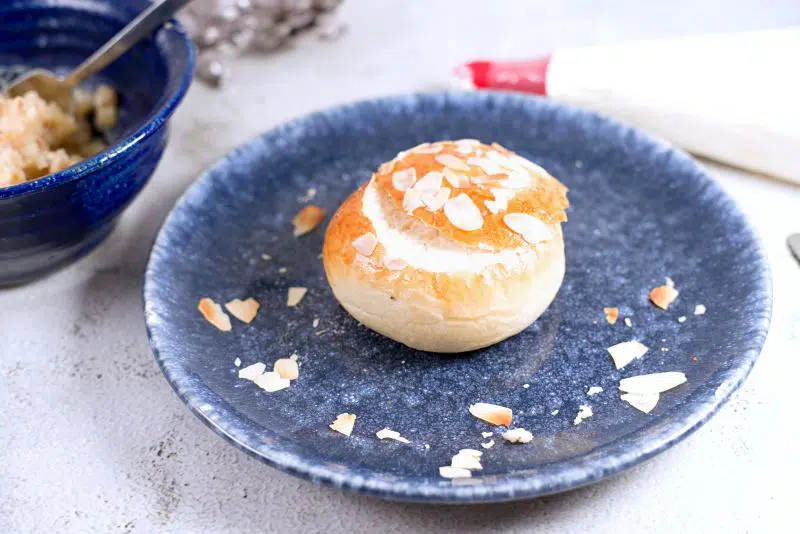
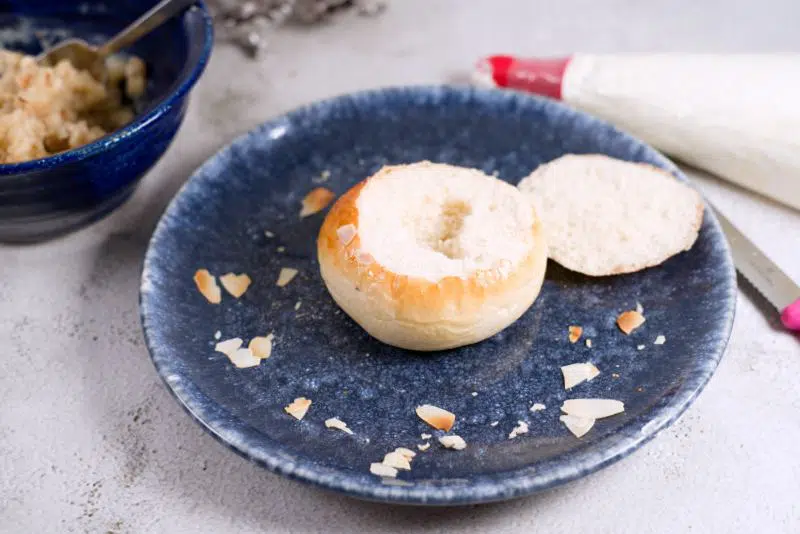

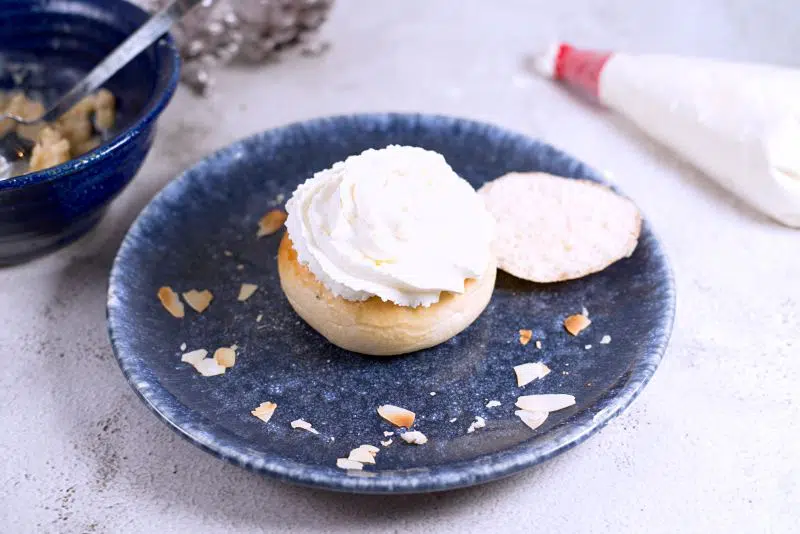
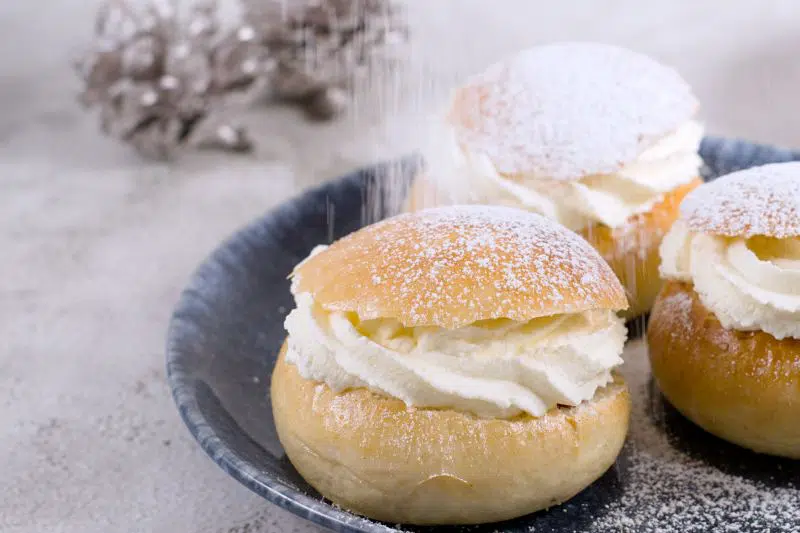
Whipped cream tips
- Your cream should be cold when you whip it.
- Start with a slow speed so it does not make a mess, add your speed gradually.
- Don't overwhip. Over-mixed is curdled and grainy.
- Heavy whipping cream holds its shape longer, it has a fat percentage of 36%.
If you want to try something new, then try out a lemon cream cheese filling in these buns and replace the almond filling with some lemon curd.
How do you eat your semla?
Start with the lid and scoop some cream with it. Eat the bun straight from hand to mouth. If the bun is too big or too creamy, you can use a small fork and knife or spoon.
You can also eat it as the old tradition from a bowl of warm milk. This makes the bun soft, and it is easier to eat with a spoon. Especially good for some dry buns.
Different ways of cutting the lid
The two main types of cutting patterns are round or triangle. The round cut is easier and faster. The triangle is more elegant.
Just remember that the Swedish semla is not cut in the middle like a hamburger but neatly on the top.
You can also experiment with different shapes, like making a heart from the lid.
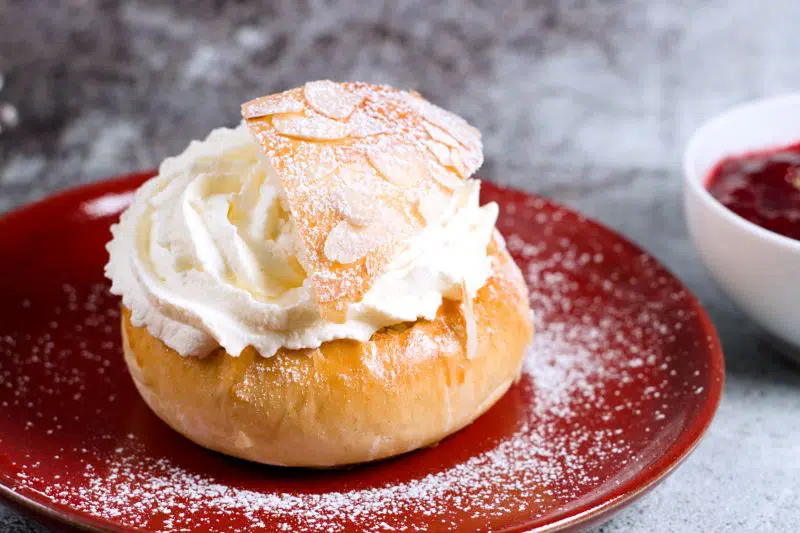
How to make vegan semla
Vegan Fat Tuesday buns are easy to make. Just change the milk to plant-based milk. Instead of butter use margarine and for cream use a plant-based whipping substitute. Brush your buns with some plant yogurt instead of the egg before the oven.
How to make gluten-free semla
Instead of wheat flour in the dough use a gluten-free flour mix. This does not form viscosity so you also need to add 1 tablespoon of psyllium husk powder to your liquid when making the buns. The gluten-free batter does not need to be kneaded as long as the regular wheat dough.
The flour amount is quite the same, but depending on your flour mix brand the liquid absorption might be different, so start with less flour than in the recipe and add if needed.
Add also just half the amount of butter, since otherwise the buns will be too heavy and lack fluffiness.
Semla day is the same as Fat Tuesday or Shrovetide Tuesday. Shrove Tuesday is 47 days before Easter Sunday. Semla day is always in February or March.
Store your filled buns in the fridge airtight in a container or wrapped with some plastic. The unfilled buns can be stored at room temperature airtight for some days.
You can freeze your semlor. Remember to have them airtight in the freezer so they don't take any taste or odor from the freezer. Thaw them in the fridge so the cream does not melt.
Semla means buns in Swedish. In Sweden, Semla always means Shrovetide bun but in Finland, Swedish speaking uses the word semla for round bread buns.

Swedish Semla-Fat Tuesday buns
Ingredients
- 2 cups milk
- 50 grams fresh yeast or 3 tablespoon dry active yeast
- ¾ cups sugar
- 150 grams butter, (⅔ cup)
- 1 tablespoon ground cardamom from green pods
- 5½ cups bread flour or all-purpose flour
Filling
- 200 grams marzipan
- 3 tablespoon milk
- 3 tablespoon crushed almonds
- ¼ teaspoon bitter almond aroma (a few drops)
- 2 cups heavy whipping cream
On top
- 1 tablespoon powdered sugar
Instructions
- Mix your yeast with lukewarm milk. If you use dry yeast you need the milk to be 108F, 42C.
- Dissolve your yeast into the milk. Add the sugar, cardamom, salt, and 1-2 cups of flour. Make a slurry.
- Add in the rest of your flour and start kneading. Once you have some elasticity in the dough, you can add your butter.
- Microwave your butter for some seconds so it softens up to room temperature.
- Knead the dough for 7-15 minutes. Knead until the dough is firm enough so it does not break when you stretch a small piece between your fingers.
- Cover your bowl with a cloth and let the dough rest in a warm place for 20 minutes.
- Bake the dough to 15 round buns by kneading them against the surface in your palm. (If you want even sized buns, measure out the balls with a kitchen scale to be 100-120 grams a piece)
- Let your buns rise to double the size. It is good to keep your buns covered with plastic wrap or cloth so the surface does not dry up.
- Brush the buns with beaten egg.
- Bake at 400F (200C) F for about 14 minutes. The buns should be golden brown on top.
- Let the buns cool down. In the meantime make your filling and whip the cream.
Filling
- Grate the marzipan and make a paste together with milk. You can microwave it for 10-15 seconds. This makes it easier to mix. Add in some drops of almond essence if you want to.
- Whip your cream. Make sturdy peaks but keep it smooth. Be cautious not to overwhip, this makes grainy cream.
- Slice the lid from the buns. Carve out some of the insides of the buns. Add 1-2 tablespoons of almond filling in the middle and add whipped cream. The cream is most neatly added with a piping bag and a big star tip.
- Decorate with powdered sugar.


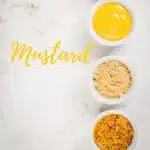
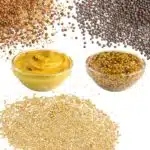







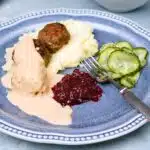

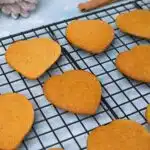

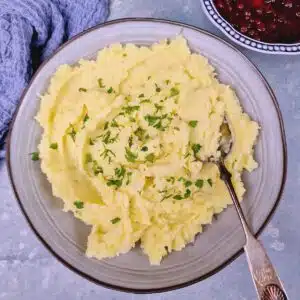
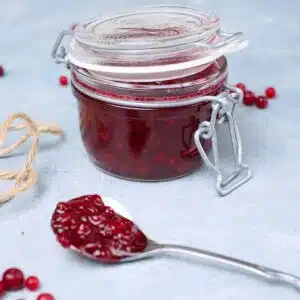

Stanislava
How big is the cup you are measuring with?Thank you!
Cecilia Hoikka
I have used American Cups as measurement. One cup is 2,4 dl